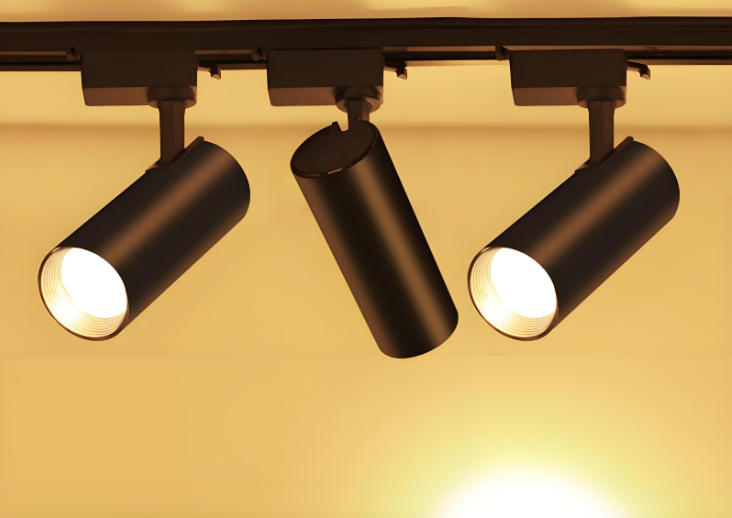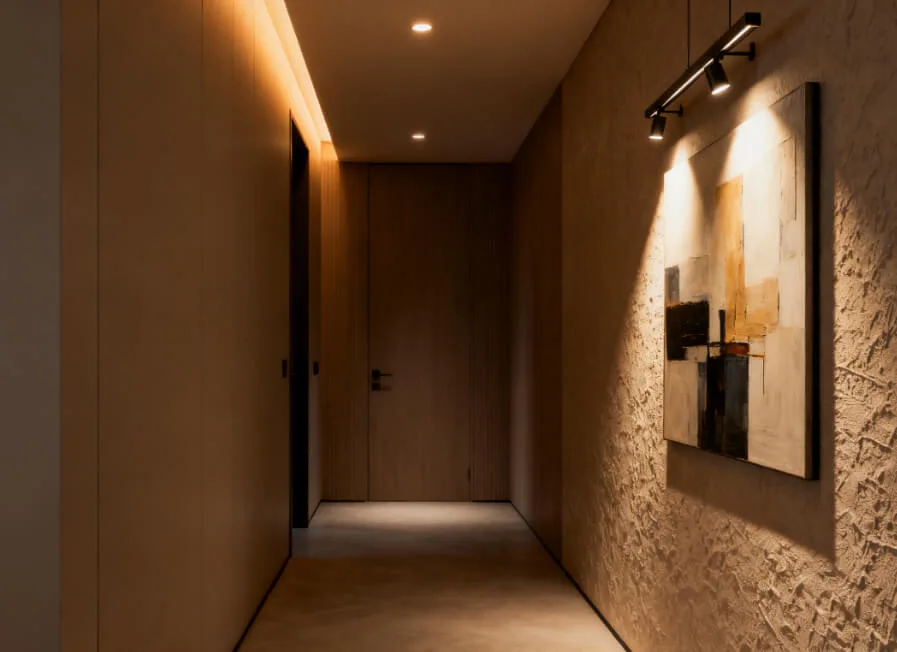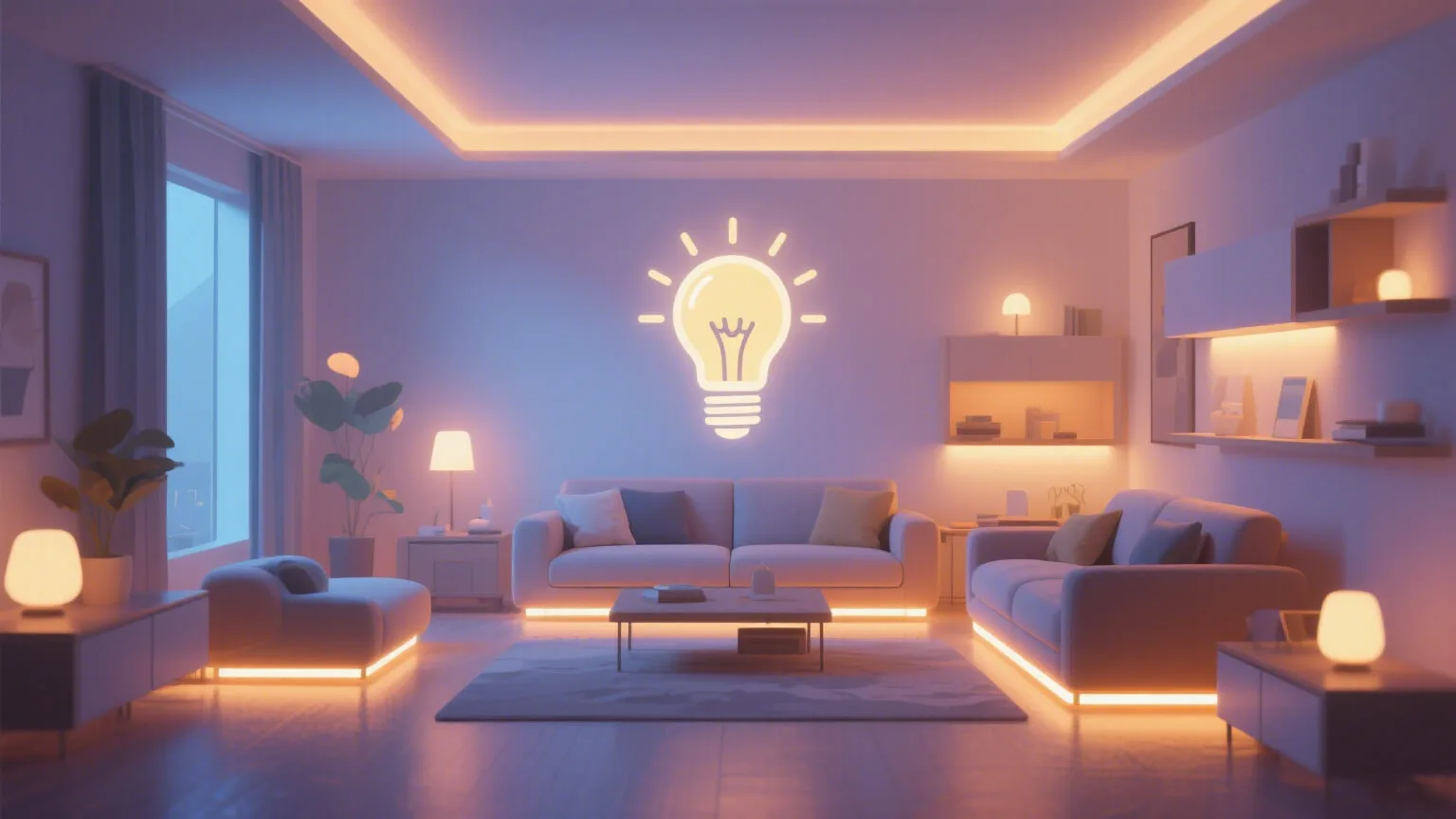
How to Choose the Right Wattage for LED Track Lighting
Choosing the right wattage for LED track lighting is essential to creating the ideal ambiance and ensuring sufficient illumination. Whether you’re lighting a workspace, a living area, or highlighting artwork, understanding how wattage affects lighting performance can help you make a better decision. This article offers practical tips to guide you in selecting the most suitable wattage for your LED track lighting.
Wattage and Brightness: What You Need to Know
The Difference Between Wattage and Lumens
Wattage refers to the amount of energy a bulb consumes, while lumens measure the actual brightness of the light. With advancements in LED technology, low-wattage bulbs can now deliver high brightness. For example:
- A 10-watt LED bulb can produce the same brightness as a 60-watt incandescent bulb.
- When choosing LED track lighting, prioritize lumens (brightness) over wattage to meet your lighting needs while saving energy.
Common Lumen Recommendations
- Accent Lighting (Spotlight): Around 300–500 lumens per fixture.
- Task Lighting: Around 500–1,000 lumens per fixture.
- Ambient Lighting: 1,000+ lumens for general illumination in larger spaces.
How to Choose the Right Wattage
1. Define the Purpose of Your LED Track Lighting
The primary use of your LED track lighting determines the wattage you need:
- Task Lighting: For kitchens, studies, or work areas, opt for higher-wattage LED bulbs (8–20 watts) to ensure bright and focused lighting.
- Accent Lighting: For highlighting artwork, plants, or specific decor, lower-wattage LED bulbs (3–8 watts) are sufficient.
- Ambient Lighting: For overall room lighting, choose medium-wattage LED bulbs (5–10 watts).
2. Consider Room Size and Ceiling Height
- Large Rooms or High Ceilings: Use higher wattage or more fixtures to ensure adequate coverage.
- Small Rooms or Low Ceilings: Choose lower wattage to avoid overly bright or harsh lighting.
3. Choose the Right Type of Bulb
- LED Bulbs: Energy-efficient and capable of delivering high brightness at low wattage, making them ideal for track lighting.
- Halogen Bulbs: Offer warm light but consume more energy compared to LEDs.
Balancing Energy Efficiency with Practicality
When selecting LED track lighting, it’s important to balance brightness with energy consumption:
- LED bulbs consume up to 80% less energy than incandescent bulbs, allowing you to achieve high brightness with lower wattage.
- Using LED track lighting not only saves on electricity bills but also reduces your environmental footprint.
Creating the Right Ambiance
The wattage of your LED track lighting plays a significant role in setting the mood of your space:
- Warm and Cozy: Use low-wattage bulbs with warm color temperatures (2700K–3000K).
- Bright and Energizing: Opt for high-wattage bulbs with cool white color temperatures (4000K–5000K).
Everyday Wattage Recommendations
Here are some general wattage suggestions for common settings
| Application | Recommended Wattage (LED) |
|---|---|
| Living Rooms & Bedrooms | 5–12 watts |
| Kitchens & Workspaces | 8–20 watts |
| Artwork Displays | 3–8 watts |
| Hallways & Corridors | 5–10 watts |
Summary: How to Find the Perfect Wattage for LED Track Lighting
- Focus on brightness (lumens) rather than wattage.
- Choose LED bulbs for energy savings and long-lasting performance.
- Match the wattage to your lighting purpose, room size, and desired atmosphere.
- Use the appropriate color temperature to enhance the mood of your space.
By selecting the right wattage for your LED track lighting, you can easily create a functional, energy-efficient, and visually appealing lighting solution. Whether it’s for home decor, commercial design, or art exhibitions, understanding these basics will help you achieve the perfect lighting effect.



